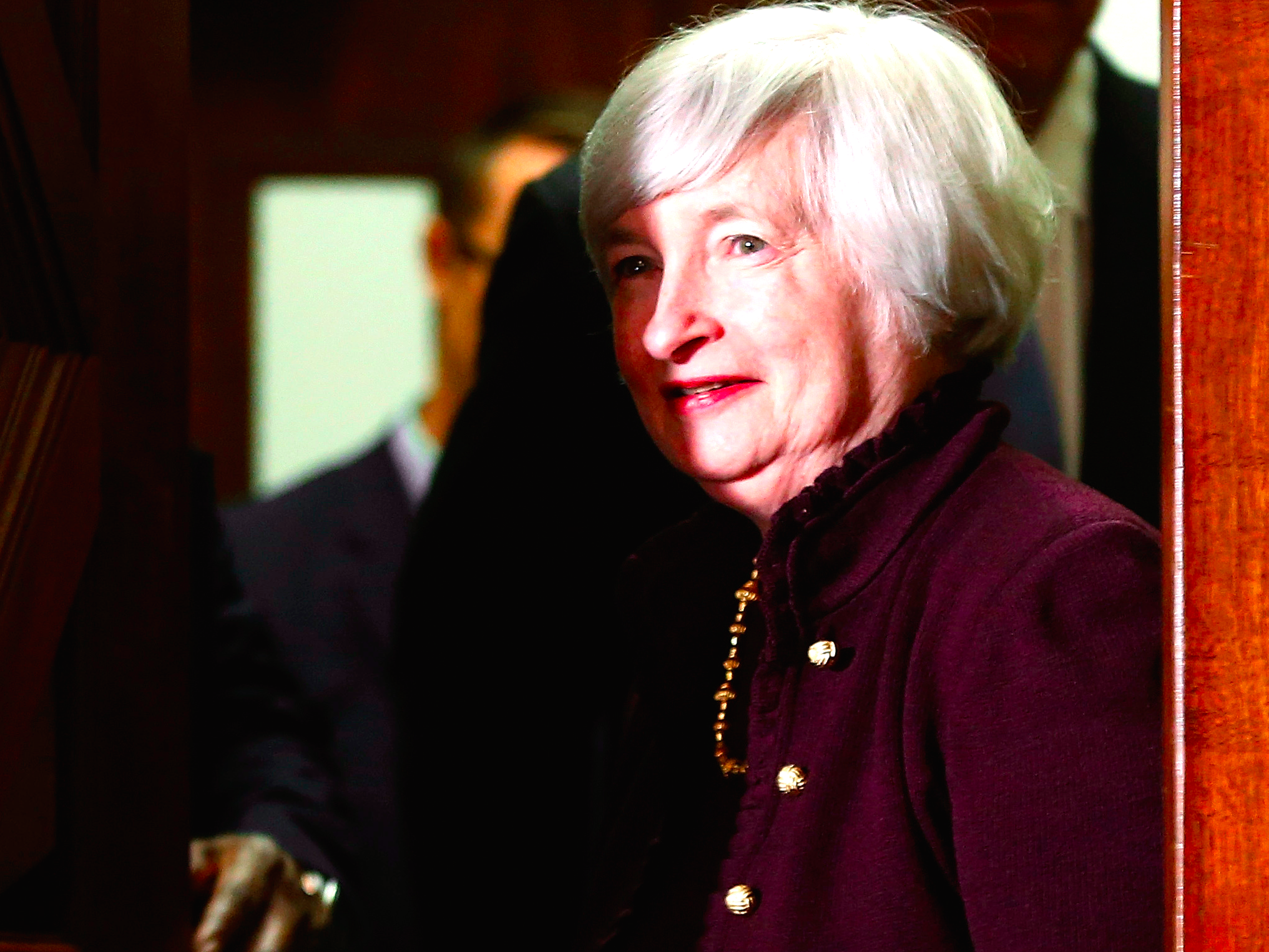.png) Jonathan Ernst/Reuters
Jonathan Ernst/Reuters
- Wall Street regulators decided four years ago to try and dampen leveraged lending by big banks.
- According to a staff report from the Federal Reserve Bank of New York, big banks did cut back their leveraged lending, and nonbank lenders stepped in.
- The problem: the nonbanks were funded by the big banks, meaning the risks remained.
A bunch of US regulators decided in 2013 that the leveraged-lending market was overheating, and that it needed to be curtailed. Unsurprisingly, it was an unpopular move on Wall Street.
Leveraged loans are loans to companies rated below investment-grade, and they’re often used to finance takeovers.
The regulators issued guidelines on everything from underwriting standards to how the risks of these loans should be rated. The guidelines applied to the biggest banks — those institutions whose failure could pose a risk to US financial stability.
Debt bankers argued at the time that the rules would not reduce risk, but simply move it.
Nonbanks would step in, and pick up the slack. And sure enough, they did. According to a staff report from the Federal Reserve Bank of New York, the banks cut “their leveraged lending activity significantly, bringing it down to levels lower than the pre-guidance period.” In contrast, nonbank lenders increased their leveraged lending business.
The report said:
The effect of the guidance on LISCC banks’ leveraged lending business was meaningful. Compared to the pre-guidance period, the market share of these institutions in the post clarification period declined by 11.0 and 5.4 percentage points depending on whether it is measured by the number or volume of leveraged loans, respectively. This decline is meaningful, particularly if one takes into account that it happened over about one year (November 2014 – December 2015). Nonbank lenders appear to have been the main beneficiaries of this response, as their market share based on the number of loans increased by more than 50 percent while their market share based on the volume of lending more than doubled over that period of time.
So, it’s clear that the guidelines led to big moves in market share. But did the guidelines reduce risk? Nope. In fact, the nonbanks that started funding the leveraged loans were in many cases getting financing from the banks that were no longer able to participate in the leveraged loan market. The report said:
Altogether, our findings show that the guidance was effective at reducing leveraged activity among banks. However, that reduction did not lead to a commensurate decline in risk in the banking sector because some of the leveraged lending business migrated to nonbanks which in turn resorted to banks to raise funding for this activity. Further, while the guidance achieved its goal of reducing banks’ leveraged lending business, the migration of leveraged loans to nonbanks makes it less clear that the guidance accomplished its broader goal of reducing the risk that these loans pose for the stability of the financial system.
Call it a powerful reminder of one of the first rules of finance: risk doesn’t disappear, it just moves around.
More from Matt Turner:
NOW WATCH: THE BOTTOM LINE: Jamie Dimon and trillion dollar Apple











